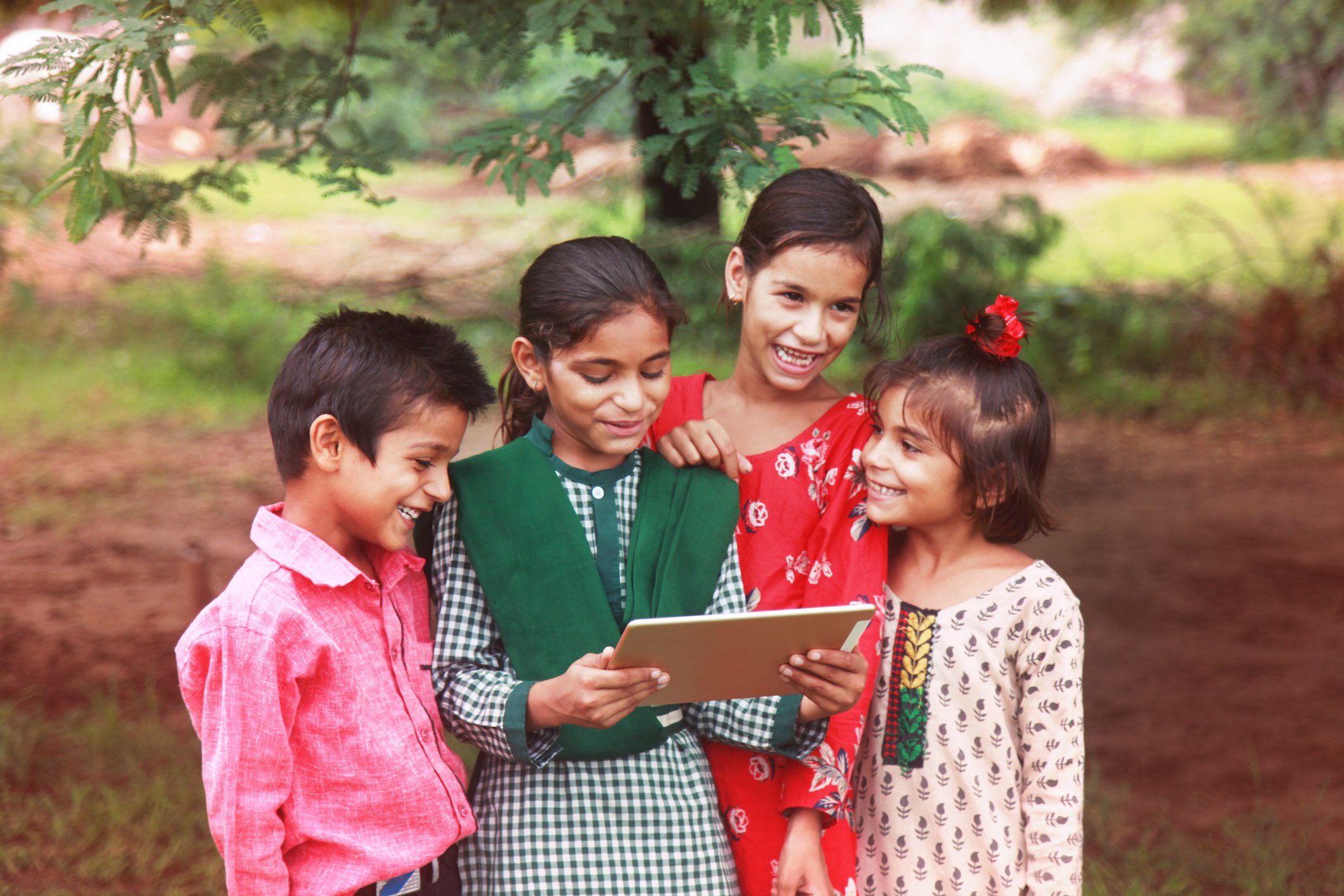How Communications Service Providers Can Lead the Effort to Close the Digital Divide
The below blog post is written by Aria Systems an Offical Supporter of unconnected.org in 2023
Connectivity has become a non-negotiable and indispensable part of life. The idea of not having constant connectivity everywhere and at all times, or not having access to the digital applications and tools used by so many in daily life, is simply unimaginable.
Yet, an astounding number of people continue to remain disconnected and unable to participate in today’s digitally interconnected world.
Recent data suggests that only two-thirds of the world’s population has internet access. Almost three billion people in Africa, Asia, the Middle East, and Latin America are unconnected. Even in the most developed countries, like the U.S., millions do not have broadband internet access today.
Significant disparities have emerged on a global scale between connectivity haves and have-nots. This digital divide has resulted in major deficiencies in education, healthcare, and literacy for people living in areas with poor connectivity. It also hinders their ability to achieve gainful employment and self-sustaining income. As the Covid pandemic accelerated the modernized world's reliance on digital technology, the digital divide has widened further.
Governments have tried to solve the problem of digital inequity through the introduction of programs, funding grants, and regulations, but they cannot do it alone. Organisations like unconnected.org are playing a crucial role in bringing together communications service providers (CSPs) and the ecosystem of partners that support the industry to address this issue together as a community.
For obvious reasons, CSPs tend to invest in and build network infrastructure in more densely populated areas where paying subscribers are located. While this makes sense from a business perspective, it means that populations in more remote areas are left out in the cold.
With the support and encouragement of governments, and via partnerships with educational institutions, sponsors, advertisers, and community businesses, CSPs are undertaking efforts to expand their networks to more remote, less populated locations where connectivity options are either limited or entirely nonexistent.
They are also exploring and leveraging new technologies such as low earth orbit satellite networks, lower cost 4G and 5G networks, and traditional fixed and fiber networks to expand network availability in a more cost-effective manner. They are adopting mobile virtual network approaches and deploying innovative commercial models that use new digital sub-brands to go beyond traditional pay-as-you-go services, all to ultimately deliver discounted, subsidized, and even free connectivity services to disadvantaged or displaced populations.
Examples of CSPs working to close the digital divide are starting to emerge.
AT&T and Comcast are distributing laptops and teaching digital skills in underserved areas as part of a $3 billion program.
In Brussels, communications platform company, BICS, has partnered with Lynk Global, a satellite network provider, to expand mobile coverage in unconnected locations.
In Kenya, a mobile banking initiative called M-Pesa, led by mobile operator Safaricom, has resulted in nearly 96% of the population, including those in the most remote locations, having the ability to make financial transactions online. The program has been so successful that it is now being replicated in other African countries.
The blogpost is brought to you by:
Aria Systems official supporter of unconnected.org
As digital transformation accelerates and reliance on technology increases, the need to address the problem of access will become even more pronounced. It is incumbent on the broader CSP community to understand the critical role it can play in closing the divide, and to make the necessary investments that will ultimately deliver both connectivity and opportunity to all.



